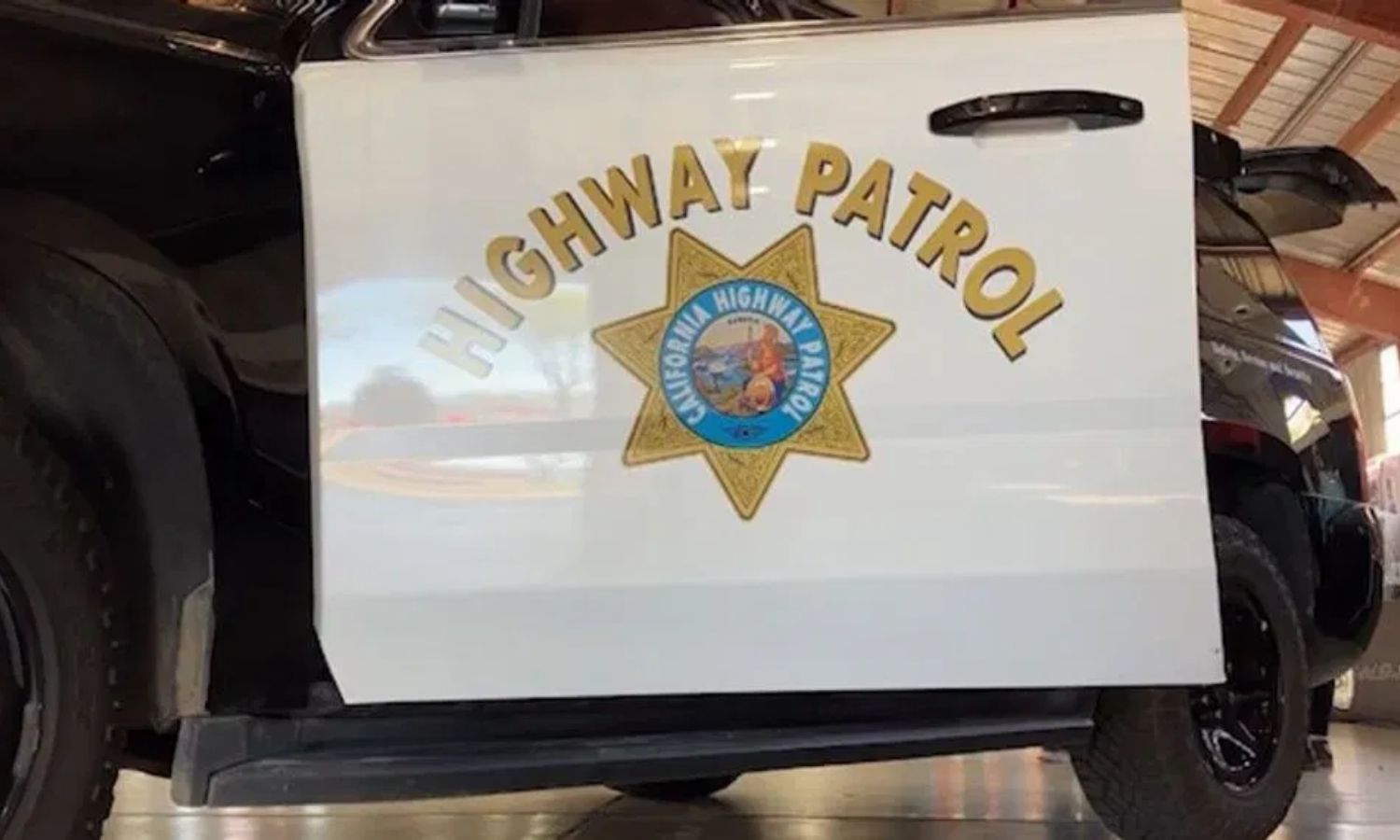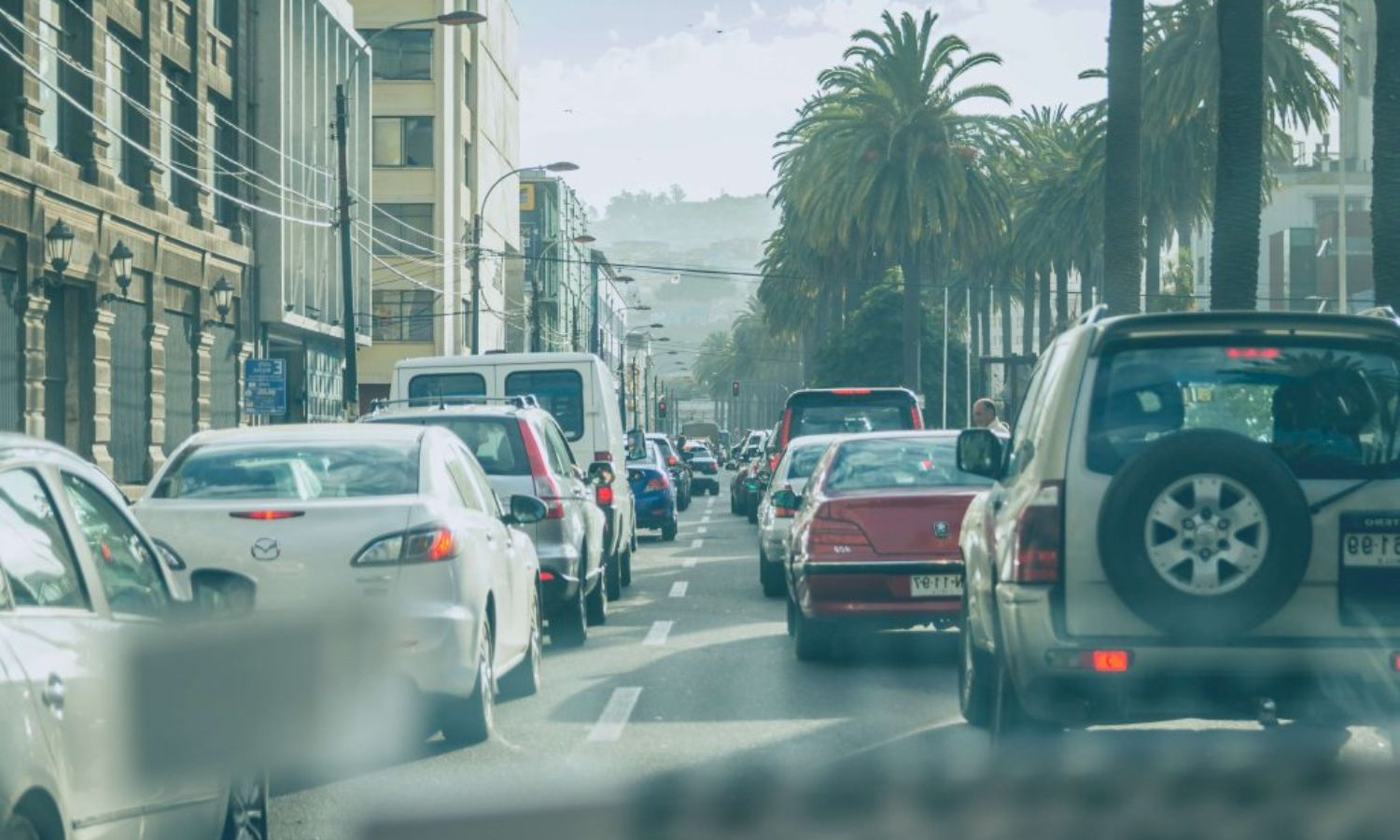California Latest Traffic Laws on Road Safety: In the year 2024, California has implemented a series of new traffic laws aimed at enhancing road safety. These regulations cover various aspects such as traffic flow, speed limits, pedestrian safety, and missing person alerts.
Among the innovations introduced are an enhanced focus on crosswalk visibility. This means that there will be increased efforts to make crosswalks more visible to both drivers and pedestrians, reducing the risk of accidents.
Another new initiative is the implementation of a camera pilot program for speed limit enforcement. This program will use cameras to monitor and enforce speed limits, ensuring that drivers adhere to the designated speeds and reducing the occurrence of speeding-related accidents.
Additionally, California has introduced a targeted alert system for missing persons. This system will enable authorities to quickly disseminate information about missing individuals through various platforms, such as electronic billboards and mobile alerts, increasing the chances of locating them safely.
This article aims to provide a concise overview of California’s latest traffic laws. By understanding and mastering these regulations, readers can ensure they stay updated and compliant, contributing to safer roads for everyone.
Key Takeaways
- Maintain a speed that allows for smooth and uninterrupted movement of vehicles.
- Prohibits parking within 20 feet of a marked crosswalk to enhance visibility for pedestrians and reduce the risk of accidents and injuries.
- Introduces a camera pilot program for speed limit enforcement in school zones and designated ‘safety corridors’ to promote adherence to speed limits and reduce fatal and injury crashes.
- Introduces the ‘Ebony Alert’ for missing black youth aged 12 to 25, recognizing the specific challenges faced by this demographic in missing persons cases and increasing the chances of locating them and ensuring their safety.
What is the traffic flow law in California?
The traffic flow law in California, as of 2024, requires drivers to maintain a speed that allows for the smooth and uninterrupted movement of vehicles on the road. This means that drivers should not drive too slowly, as it may impede the flow of traffic.
However, it is also important to note that driving too fast can be equally dangerous and disruptive. The law aims to strike a balance between maintaining a reasonable speed and ensuring the safety of all road users.
Drivers must be aware of their surroundings and adjust their speed accordingly, especially in heavy traffic or adverse weather conditions.
What is the speed limit in California?
In California, the speed limit varies depending on the type of highway or road, with the maximum speed limit generally set at 65 mph on most highways. However, there are exceptions to this rule. On two-lane undivided highways and for vehicles towing trailers, the maximum speed limit is reduced to 55 mph, unless otherwise posted.
It is important for drivers to pay attention to posted speed limit signs and adjust their speed accordingly. Speed limits are in place to ensure the safety of all road users and to prevent accidents. Exceeding the speed limit can lead to fines, penalties, and increased risk of collisions.
It is crucial for drivers to always drive at a safe and appropriate speed, taking into consideration road conditions, weather, and traffic flow.
ALSO READ: California Drink Safety Initiative: AB 1013 Brings Nightlife Protection
Focus on Pedestrian Safety: AB-413 Addresses Crosswalk Visibility
California’s latest traffic laws on road safety in 2024 introduce Assembly Bill 413 (AB-413), which addresses crosswalk visibility and enhances pedestrian safety. This law prohibits parking within 20 feet of a marked crosswalk, aiming to improve visibility and reduce potential hazards caused by obstructed views. To help you understand the impact of AB-413, here is a table highlighting the key points:
| AB-413: Crosswalk Visibility |
|---|
| Prohibits parking within 20 feet of a marked crosswalk |
| Enhances visibility for pedestrians |
| Reduces the risk of accidents and injuries |
| California Highway Patrol (CHP) actively educating the public about the new regulation |
Speed Limit Enforcement Innovation: AB-645 Introduces Camera Pilot Program
Assembly Bill 645 introduces a groundbreaking camera pilot program for speed limit enforcement in certain California counties. This initiative is aimed at improving road safety by targeting school zones and designated ‘safety corridors.’
The use of camera technology is seen as a strategic move to promote adherence to speed limits and reduce fatal and injury crashes in areas with a history of traffic incidents. The five-year pilot program allows for the deployment of a limited number of cameras to monitor and enforce speed limits.
Targeted Alerts for Missing Persons: SB-673 Introduces “Ebony Alert”
The introduction of Senate Bill 673 (SB-673) in California further enhances road safety by implementing targeted alerts for missing persons. Specifically, the bill introduces the ‘Ebony Alert’ for missing black youth aged between 12 to 25. This legislation recognizes the need to address the specific challenges faced by this demographic in missing persons cases.
The Ebony Alert empowers law enforcement agencies to request the California Highway Patrol (CHP) to activate an alert that expedites information dissemination and mobilizes public assistance in locating missing individuals within this age group. By focusing on this specific population, the Ebony Alert aims to increase the chances of locating missing black youth and ensuring their safety.
California’s commitment to road safety extends beyond traffic laws and encompasses measures to protect its residents, including targeted alerts for missing persons.
Conclusion Of California Latest Traffic Laws on Road Safety
California has implemented several new traffic laws in 2024 to enhance road safety. These include regulations on traffic flow and speed limits, as well as measures to improve pedestrian safety and speed limit enforcement through innovative methods like camera pilot programs.
Additionally, the introduction of the ‘Ebony Alert’ aims to provide targeted alerts for missing persons. These initiatives demonstrate California’s commitment to ensuring the safety of its residents and reducing accidents on the roads.
Our Reader’s Queries
What are the new driving laws in California?
AB 2773 brings a significant change in the way law enforcement officers conduct traffic stops and pedestrian interactions. The new law prohibits officers from initiating a stop by asking the common question, Do you know why I pulled you over? Instead, they must state the reason for the stop upfront before proceeding with any other inquiries. This measure aims to promote transparency and prevent any confusion or misunderstandings during the interaction.
What is the new California speed law?
If you’re driving in a speed-camera zone, make sure to stay within the posted speed limit. Going 11-15 miles per hour over the limit will result in a $50 fine, while traveling 100 miles per hour over the limit will cost you $500. Before implementing the cameras, cities must conduct public information programs as part of the pilot. Stay informed and avoid hefty fines by obeying the speed limit.
Is it legal to pass cars on the right in California?
When driving, it’s important to remember that passing on the right is only allowed if it can be done safely. This means that you should never leave the paved or main-traveled portion of the road while passing another vehicle. Safety should always be your top priority when making any driving maneuvers.
What is the 4 way stop law in California?
When two drivers reach a four-way stop simultaneously, the driver on the left must give way to the driver on their right, according to the vehicle code. However, this rule does not apply if the intersection is controlled by a traffic signal or a yield sign.



